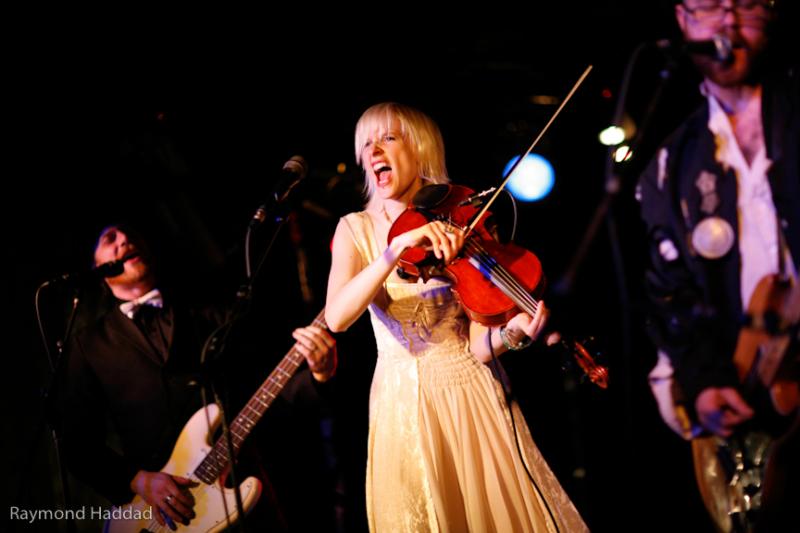How To Sing Better: Singing Vowels and Consonants
Note: Jeannie Deva passed away in 2016. Interested students can still access her complete lesson library here.
No matter what language you speak, every word contains vowels and consonants. This relates to singing because there is a physical action that occurs when we're singing vowels and consonants. In this sample video from the ArtistWorks Vocal School, Jeannie Deva talks about how to identify the specific vowel sounds for each word in a phrase. Pay attention to her tips here and it can help teach you how to sing better when singing vowels and singing consonants.
The first thing to know in order to get a better singing voice is to recognize all vowel sounds that are made for each note that you are singing. You should know that this is especially important to master, because the notes of the melody align with the vowel sounds of each word or syllable when we're singing.
Hearing Yourself on Stage
Lyrics and melody being the center of attention for most music fans, great vocals are arguably the most essential element of successful song performance. Most singers take this responsibility to heart and work hard to sing well; which is why it so lamentable when all that practice and preparation is nullified by modern technology.
In this vocal lesson we’ll see if we can alleviate the anguish and frustration experienced by so many live performance singers by investigating:
Monitor Madness - Hearing Yourself on Stage
Harmonizing with other Singers
 Harmonizing with other Singers, by Jeannie Deva
Harmonizing with other Singers, by Jeannie Deva
For those of you already singing in or desiring to sing in a group with other voices, here is some information and tips on this fun but often challenging setting.
No matter how many other singers are in the group, there is, of course going to be a melody. Sometimes the arrangement moves this melody from one singer or chorus section to another, and many times the melody is sung by only one singer or, for example in a chorus, is sung only by the soprano section.
All the other parts are harmony parts. The harmony parts can be considered melodies as well, but as they are not the lead melodic line, they support what is thought of as the melody.
Tongue Placement for Singing
Here's a fun and interesting vocal exercise on how to use your tongue when singing, it's a sample vocal lesson from Jeannie Deva's online vocal school. Did you know that the tongue is one of the physical tools that you have in singing? Of course you do. Sounds simple yes, but the tongue is actually a complex and diverse tool to get your voice sounding like a pro. In this vocal lesson Jeannie Deva goes over tongue placement for singing and how it reacts to different sounds of letters.







